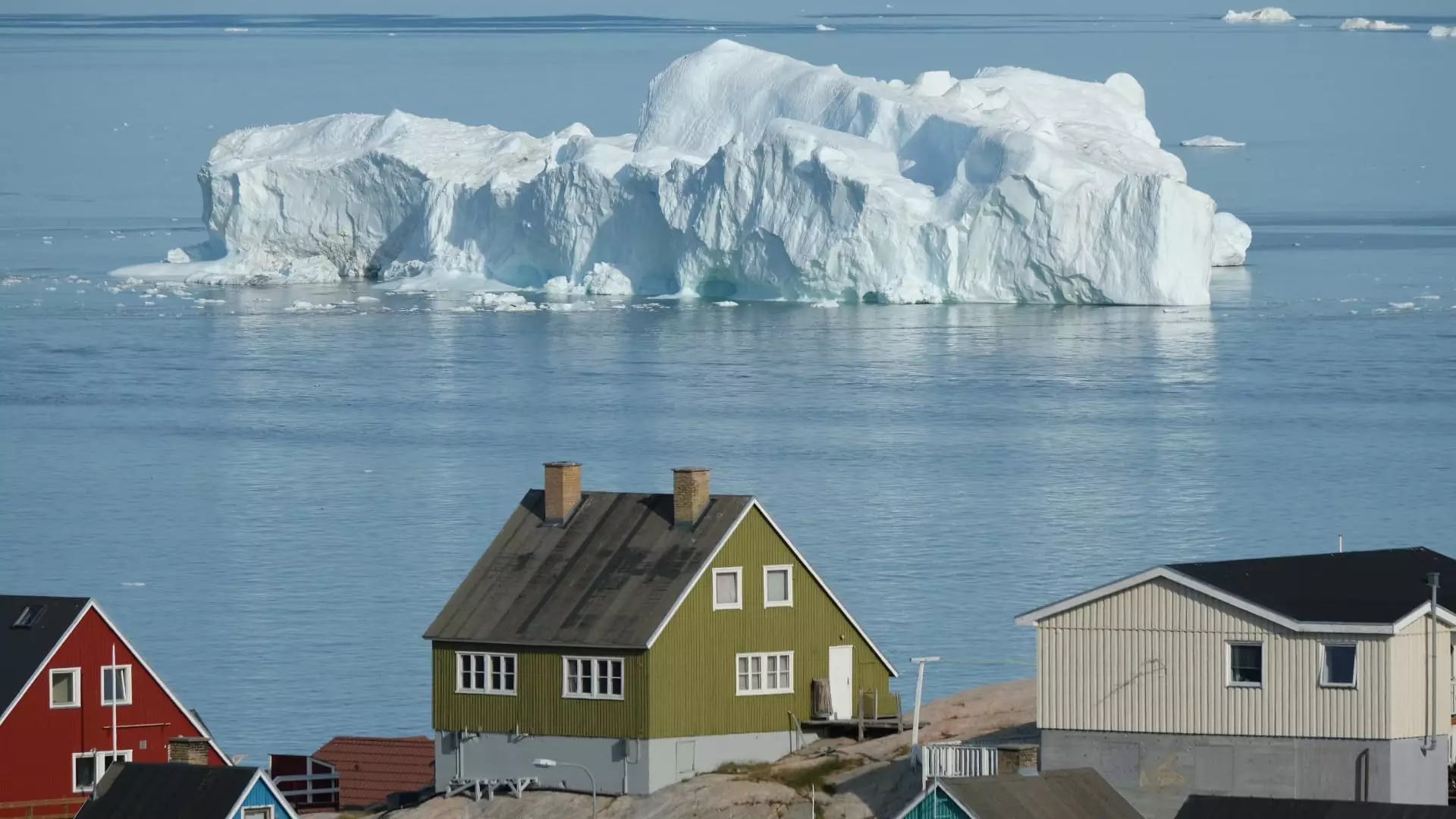In recent years, Greenland has emerged not only as a stunning natural wonder but also as a focal point of intense geopolitical rivalry among major global powers. The notion that President Donald Trump floated about purchasing Greenland is emblematic of a deeper strategic interest the United States has in the region. His administration’s willingness to explore unconventional methods—whether economic incentives or military pressure—highlights the rising stakes in the Arctic. As global temperatures rise and ice caps recede, access to Greenland’s natural resources and critical shipping routes has gained prominence.
China’s ambitions in Greenland also stirred considerable intrigue. In 2018, a Chinese state-owned enterprise attempted to invest approximately $550 million into the expansion of two airports on the island, signifying a quest to enhance its footprint in this strategically located territory. However, this bid was ultimately rescinded, raising questions about China’s sustained interests and the shifting dynamics of international politics in the region. Despite this setback, China maintains a strong fascination with the Arctic, proposing initiatives such as the “Polar Silk Road,” which aims to connect China with Europe through seafaring routes that are increasingly navigable due to climatic changes. The withdrawal of the bid does not diminish the occasional forays of Chinese enterprises into Greenland, portraying a continuous tug-of-war for influence.
On a parallel front, Russia has been reestablishing its military prowess in the Arctic, particularly through the revitalization of old Soviet bases. The Nagurskoye base, situated merely 600 miles from Greenland’s northern shoreline, underscores Russia’s strategic military planning in the region. Since 2015, Russia’s approach has been assertive, signaling its intent to capitalize on both territorial claims and the potential benefits that accompany a more navigable Arctic environment. The resurgence of Russian military activities reflects an overarching strategy to solidify its grip on the Arctic, thereby altering the balance of power which the United States has historically sought to maintain.
With both China and Russia active in the Arctic, Greenland’s role becomes increasingly critical in U.S. national defense architecture. The geographical location of Greenland provides an operational advantage for America’s ballistic missile early warning systems, especially as the capabilities of China’s intercontinental ballistic missile arsenal have expanded significantly. As noted by defense experts, Greenland is not merely a piece of land but stores vital strategic implications for American security interests in the face of evolving global threats.
Furthermore, the economic dimension cannot be ignored. As melting ice opens up safer Arctic shipping lanes, which have seen a remarkable 37% increase in usage from 2013 to 2023, Greenland’s potential as a commercial hub rises. This development presents a dual-edged sword; while opening new economic prospects, it also poses environmental risks that could irreparably alter the fragile Arctic ecosystem. Thus, the interplay between territorial aspirations, economic interests, and ecological considerations creates a complex web of geopolitics in the Arctic.
Greenland stands at a strategic crossroads for the United States, China, and Russia. The ambitions of these global powers reflect a desperate search for influence and claim in a region whose significance will only grow as climate change reshapes our world.


Leave a Reply